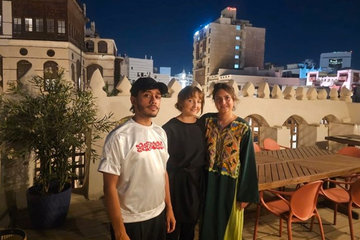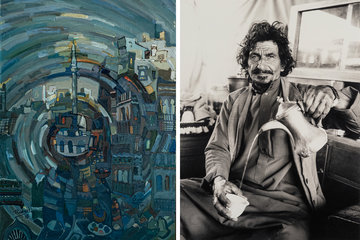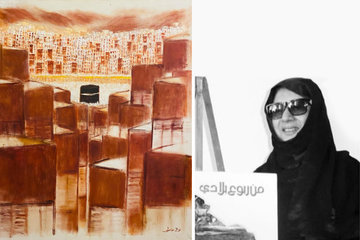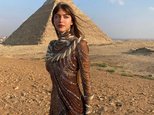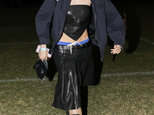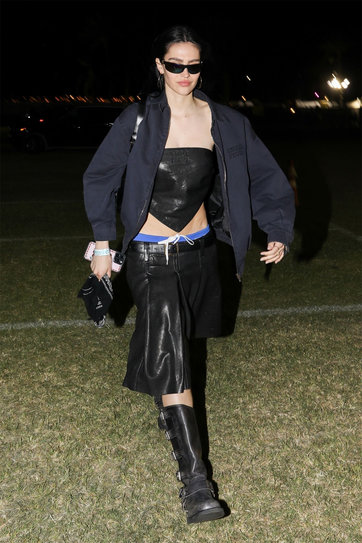
Stunning and bursting with unique movements, moods and feelings, Michel Zoghzoghi’s captivating pictures offer wildlife and nature lovers authentic dynamics, whether it’s the polar bears in the Arctic or the great white sharks in the Southern Oceans. Yet the shots are about more than the magnificence, strength and innocence of the animals and the habitat they live in. The Lebanese photographer hopes to touch and motivate people to get pro-active about protecting the many species that are on the verge of extinction.
You’ve been focusing on the world’s endangered species since you took up photography over 10 years ago. How did you get interested in the concern?
I have always loved nature. Photography has been the perfect tool to convey and show people this beauty. I don’t look for endangered species in particular, but the damage done by man to nature has been so extensive recently that a very large number of species (and most predators) are endangered.
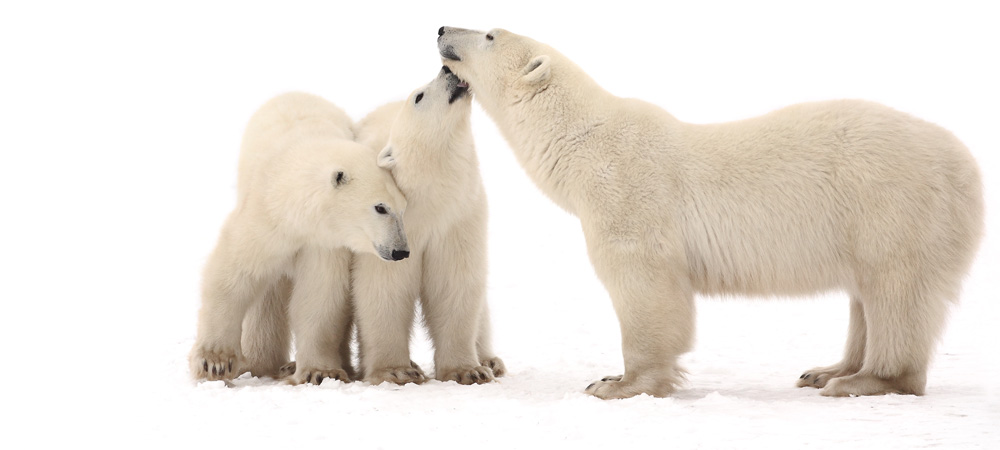
What do you think attracts people to wildlife in general?
I think a combination of factors, including love of nature and its extreme beauty.
One advantage of shooting wildlife animals in their home environment is the vividness of colours, expressions and so on, however is danger a big disadvantage?
No, it is not if you are careful and know what you are doing (or are with someone who does). You are in the environment of the predators. You have to play by their rules and respect them. As long as you do this, the danger will be minimal. Predators are not vicious killers; you just have to avoid sending the wrong signal.
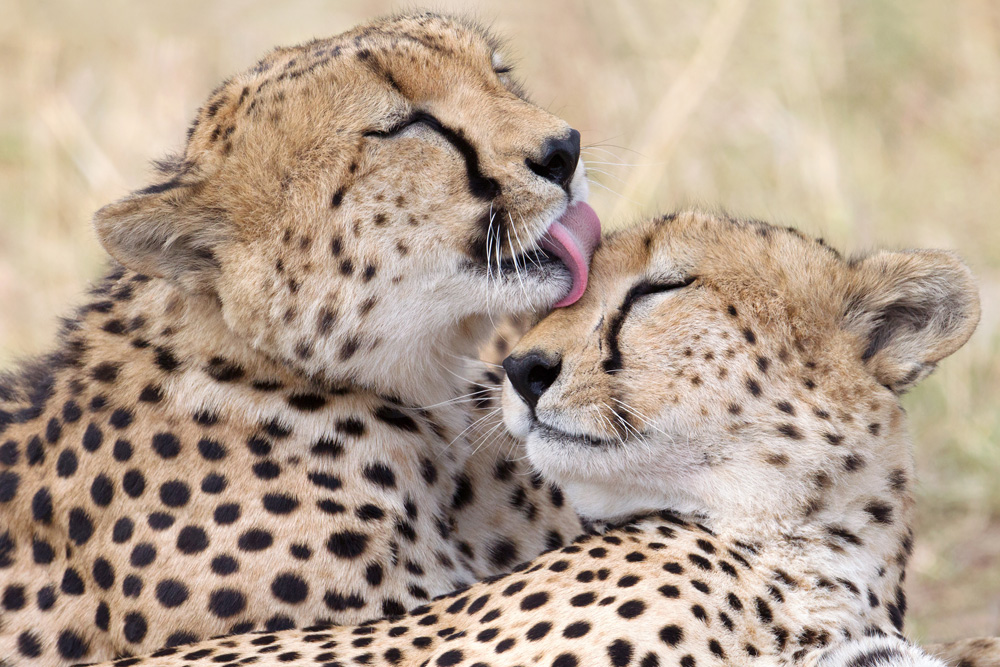
Do you have any unforgettable experiences you would like to share?
Every one of my trips has been an unforgettable experience. Some of the best moments though are when I put my camera down and just enjoy nature with my naked eyes.
Which items do you always make sure you have with you? Why?
I only focus on making sure I have all my equipment available based on what type of photography I expect to do during a particular trip. Anything else is not really important, as the goal of the trip is the photography.
Professional photography is a combination of having the right equipment, knowing how and when to use it and of course vision.
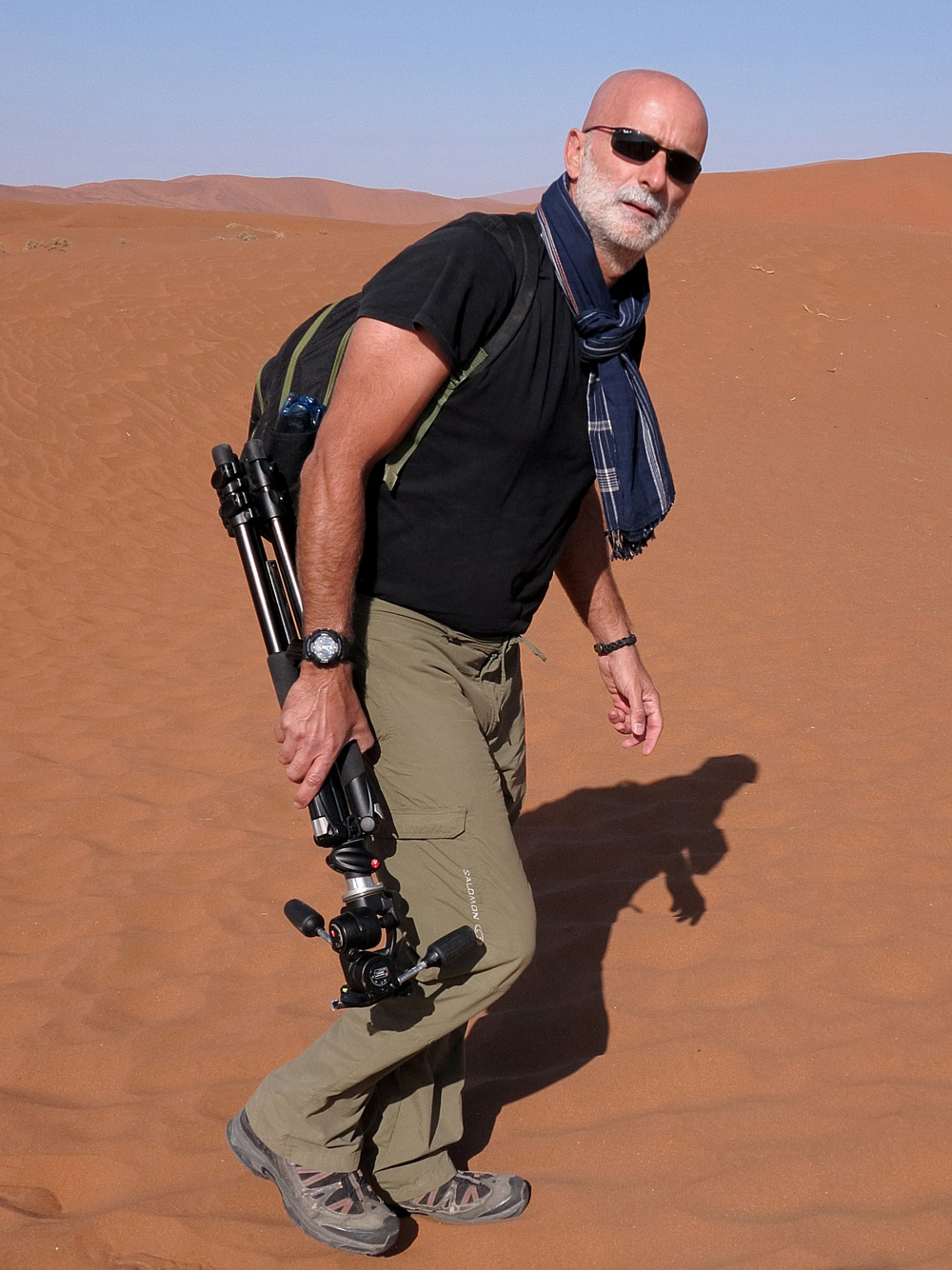
Michel Zoghzoghi
Animals are photographed all the time, so how do you ensure the constant creativity that goes into capturing those fleeting moments with unique moods and emotion?
I just focus on what I am doing and enjoy it. I don’t try to be creative. I truly believe the only way to bring unique moods and emotion into a photo is to allow your emotions and sense of aesthetics to guide you. It is however extremely important to have a good technique that will allow you to get the result you are looking for.

Patience is one of the five Ps they say make a successful photographer and these shoots must require a lot of that. What other attributes do you feel help you when you’re on location?
Besides patience, you must have a high tolerance for pain and discomfort. The reason for this is that you often spend hours carrying very heavy equipment in freezing cold or scorching heat temperatures.
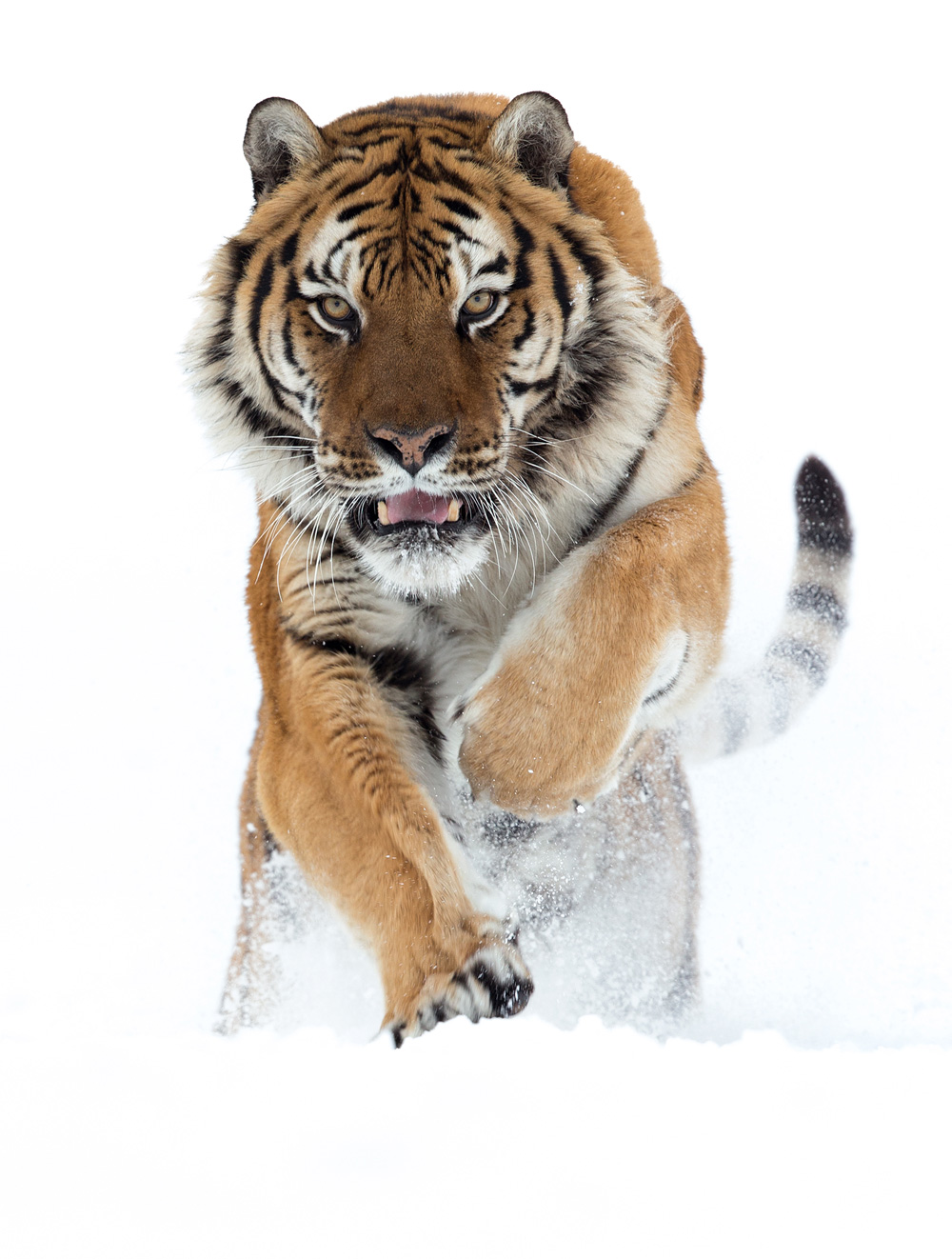
Are you self-taught or have you had any formal photographic training?
I am for the most part self-taught, but have learned a lot in the field from a very good photographer that I have become very good friends with and his name is Jonathan Scott.
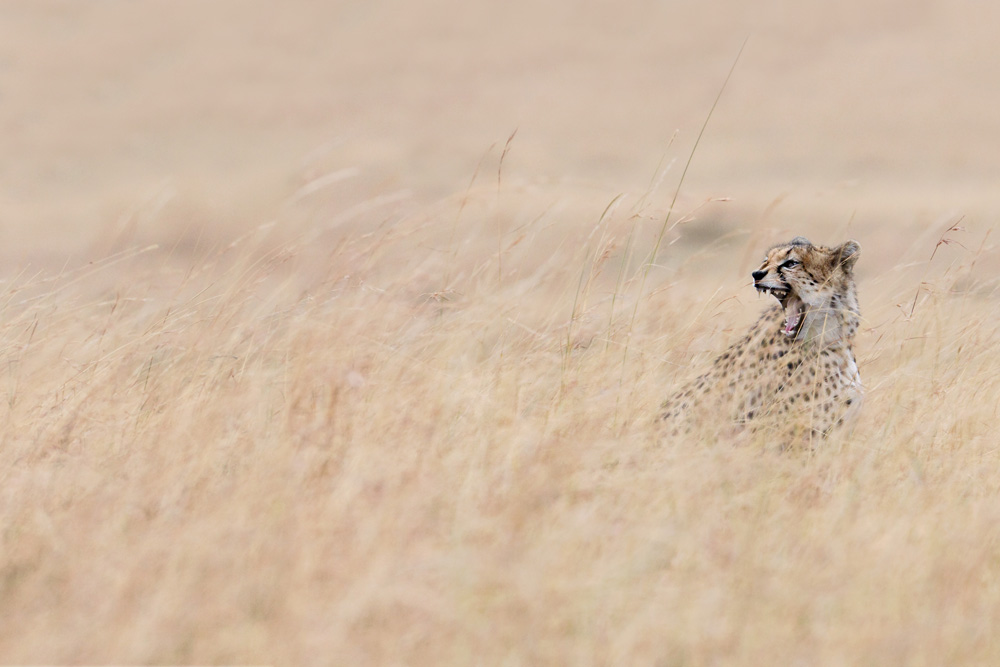
Do you have a favourite site for snapping away?
It’s probably the Maasai Mara in Kenya.
Do you prefer using a tripod or a handheld?
I very rarely use a tripod even with big lenses as I feel it restricts my flexibility, especially when shooting animals in action.
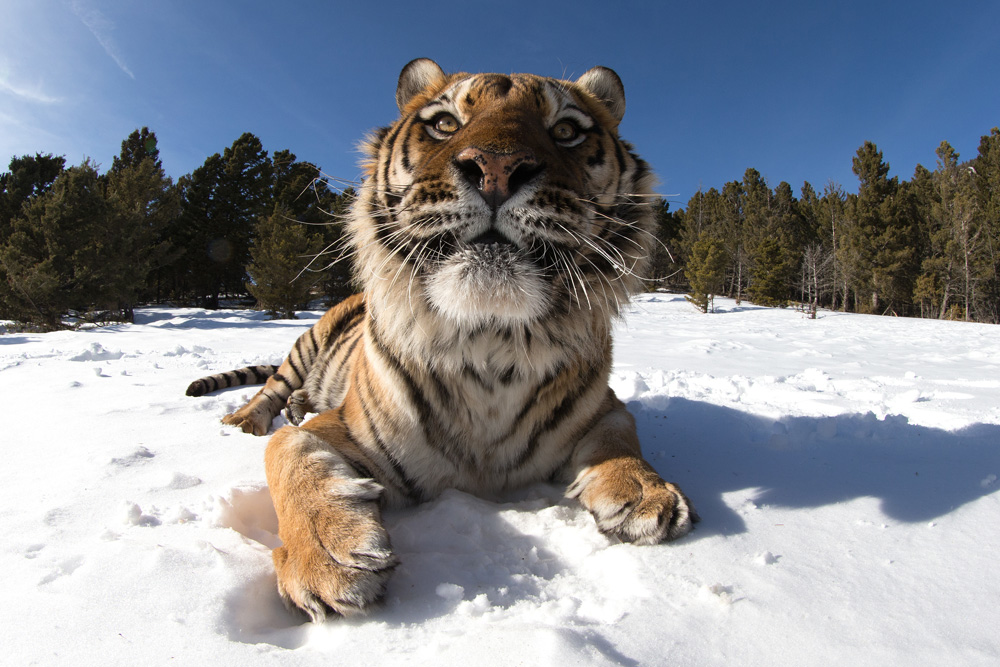
Michel Zoghzoghi has won a number of accolades, including one from The Hamdan Bin Mohammed Bin Rashid Al Maktoum International Photography Awards in 2012. He was also a finalist at The Wildlife Photographer of the Year 2015 competition. As well as his book “Prey,” he has been published in a large number of magazines, including “National Geographic Traveler.”

